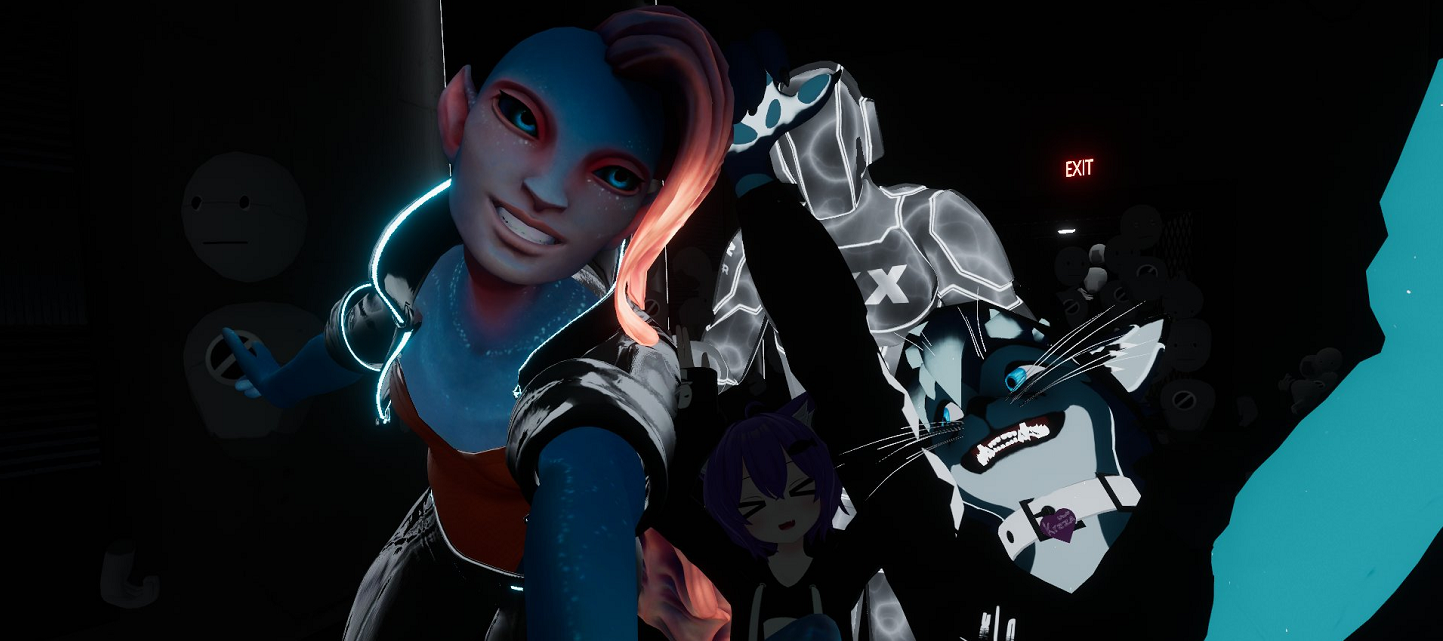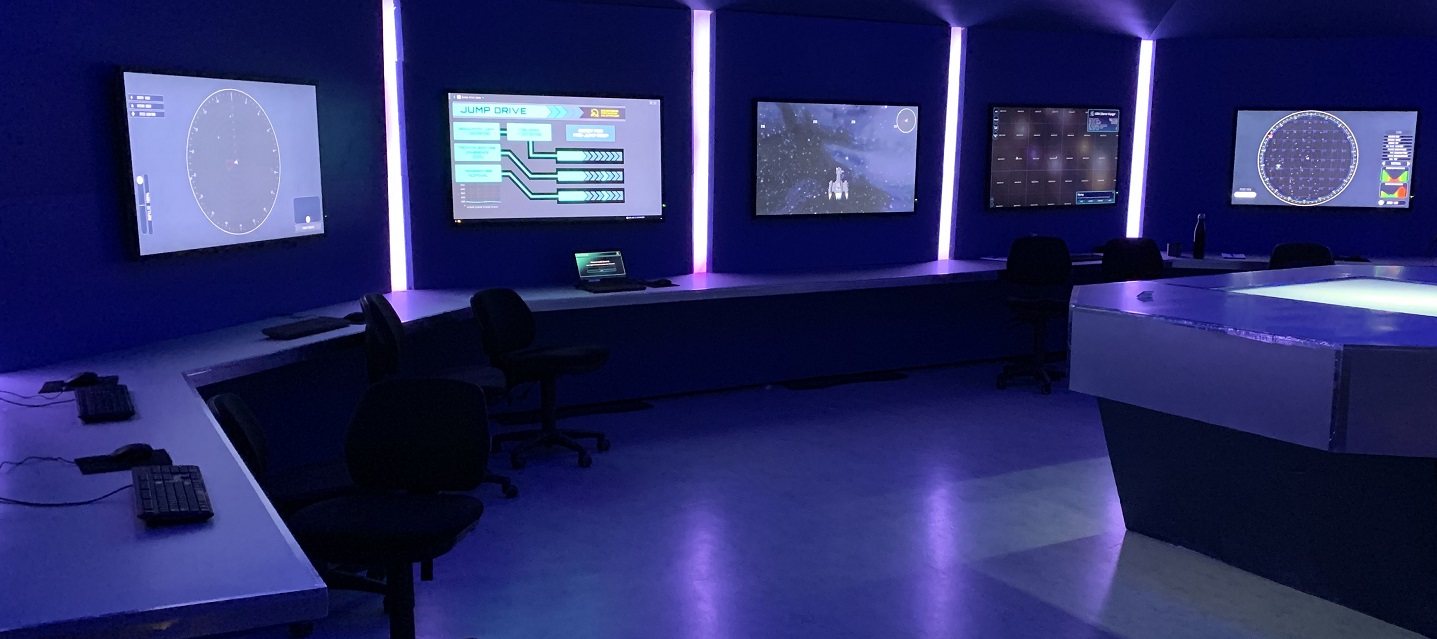Tag: technology
-

Comments on VR, Larp, Technology, Creation
in
Aesthetics, Possibility and Ethics of an Immersive Mass Media This article is a personal commentary on a few major topics I picked up throughout the past six years of creating for VR/new media and larp. The principal aim of this text is to touch on philosophical themes related to industrial technology, as our community gravitates
-

Odysseus A Retrospective (2019)
This article discusses the author’s experience of participating in the 2019 run of the Finnish larp Odysseus.